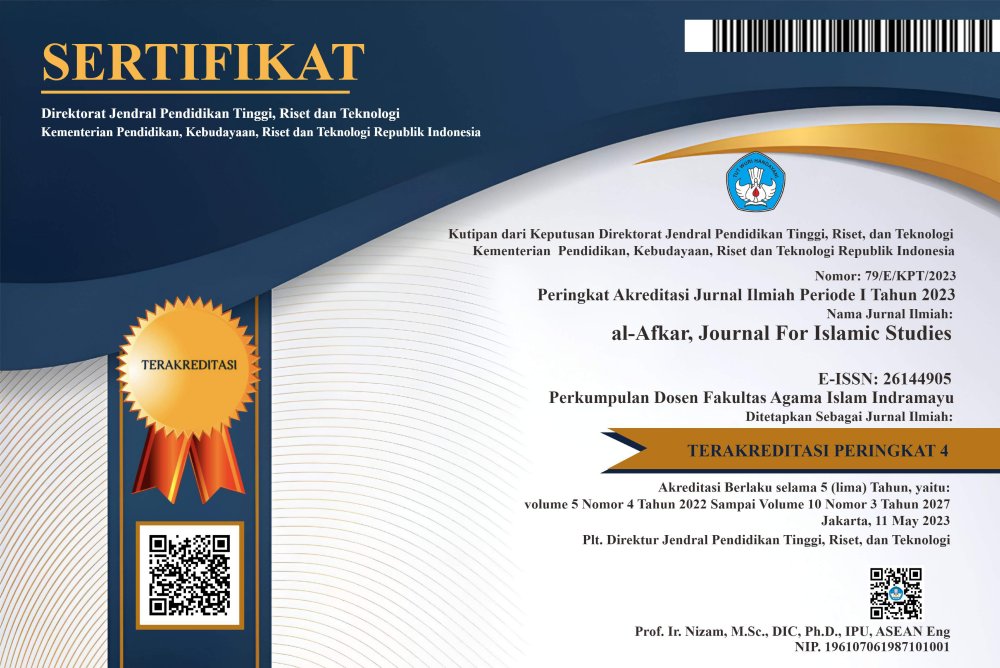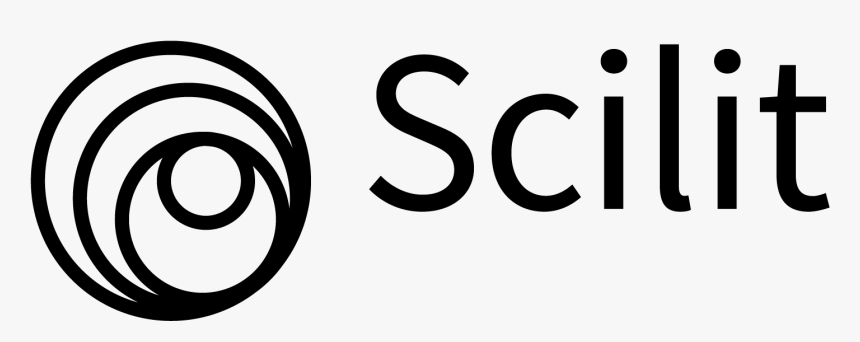Applicative Construction of Malay Sorkam Dialect
DOI:
https://doi.org/10.31943/afkarjournal.v8i1.1407Keywords:
Applicative construction, syntax, Sorkam Dialect MalayAbstract
This research examines applicative constructions in Sorkam Dialect Malay, which include benefactive, instrumental and locative types, and compares them with previous research to fill gaps in knowledge about regional language typology. Through qualitative descriptive methods, data is collected from daily conversations of native speakers, research articles, and data from other researchers. The results of the analysis show that benefactive applicative constructions are marked with the suffixes -kan and -i on transitive verbs, while instrumental applicative constructions mark instruments with the suffix -kan, and locative applicative constructions mark locations with the suffix -i. These findings confirm the importance of morphological changes in conveying the relationship between subjects, objects, and events in language. In addition, this research validates previous findings, showing that applicative constructions in Sorkam Malay Dialect remain relevant to previous research in the context of applicative constructions in other languages.
Downloads
References
Akmaluddin. (2018). Problematika Bahasa Indonesia Kekinian: Sebuah Analisis Kesalahan Berbahasa Indonesia Ragam Tulisan. Mabasan, 10(2), 63–84. https://doi.org/10.26499/mab.v10i2.85
Alsina, A. (1996). Passive Types and the Theory of Object Asymmetris: Natural Language and Linguistic Theory.
Artawa, K. (1998). Keergatifan Sintaksis dalam bahasa: Bahasa Bali, Sasak, dan Indonesia. PELLBA 10.
Artawa, K. (2020). Pemarkahan Diatesis Bahasa Indonesia: Mozaik Humaniora, 20(1), 26. https://doi.org/10.20473/mozaik.v20i1.15128
Baker, Mark C. 1988. Incorporation: A Theory of Grammatical Function Changing. Chicago: The University of Chicago Press.
Basaria, I. (2011). Relasi dan Peran Gramatikal Bahasa Pakpak Dairi: Kajian Tipologi [Universitas Sumatera Utara]. https://repositori.usu.ac.id/handle/123456789/43281 Creswell, J. W. (2010). Research Design: Pendekatan Kualitatif, Kuantitatif, dan Mixed. Pustaka Pelajar.
Hemmings, C. (2013). Causatives and Applicatives: the Case for Polysemy in Javanese. SOAS Working Papers in Linguistics, 16, 167–194. https://www.soas.ac.uk/linguistics/research/workingpapers/volume-16/file88039.pdf
Hudson, Richard. 1992. “So-Called ‘Double Objects’ and Grammatical Relations”. Dalam Language, Vol.68 (2). hlm. 251-276.
Ishtiaq, M. (2019). Book Review: Creswell, J. W. (2014). Research Design: Qualitative, Quantitative and Mixed Methods Approaches (4th ed.). Thousand Oaks, CA: Sage. English Language Teaching, 12(5), 40–41. https://doi.org/10.5539/elt.v12n5p40
Jufrizal. (2004). Struktur Argumen dan Aliansi Gramatikal Bahasa Minangkabau. Universitas Udayana.
Jufrizal. (2007). Tipologi Grammatikal Bahasa Minangkabau: Tataran Morfosintaksis. UNP Press.
Kana, Marit Ann. 1986. “Grammatical Rela- tion in Bahasa Indonesia”. Disertasi. Cornell University.
Lamoureaux, S. V. D. (2004). Applicative Construction in Maasai [University of Oregon]. https://darkwing.uoregon.edu/~dlpayne/Nilotic/LamoureauxMaasaiApplicatives.pdf
Moeliono, Anton M. dan Soenjono Dardjo- widjojo (peny.). 1988. Tata Bahasa Baku Bahasa Indonesia. Jakarta: Balai Pustaka.
Nugroho, A. (2015). Pemahaman Kedudukan dan Fungsi Bahasa Indonesia Sebagai Dasar Jiwa Nasionalisme. Prosiding Seminar Nasional Bulan Bahasa, 285–291. http://repository.unib.ac.id/11134/1/29. Agung Nugroho.pdf
Nurhayani, I. (2012). Javanese Applicative Construction. Coyote Papers, 19, 1–27. https://repository.arizona.edu/handle/10150/231151
Pacchiarotti, S. (2017). Bantu Applicative Construction Types Involving *-id: Form, Function an Diachrony. University of Oregon Graduate School.
Peterson, D. A. (2007). Applicative Constructions. Oxford University Press.
Ramlan, M. 1987. Sintaksis. Yogyakarta: C.V. Karyono.
Satyawati, M. S., Kardana, I. N., & Purnawati, K. W. (2018). Causative and Applicative Construction in Bimanese. Kongres Internasional Masyarakat Linguistik Indonesia, 13– 16.
Tallerman, Maggie. 2011. Understanding Syntax (Third Edition). London: Hodder Education.
http://erepo.unud.ac.id/id/eprint/25858/1/be4deefe55c595c67e62daecf9e1570d.pdf Sibanda, G. (2017). The Ndebele Applicative Construction. In
D. L. Payne, S. Pacchiarotti, & M. Bosire (Ed.), Diversity in African Languages (hal. 309–333). Language Science Press. https://langsci-press.org/catalog/view/121/488/568-2
Sudaryanto. (2018). Metode dan Aneka Teknik Analisis Bahasa: Pengantar Penelitian Wahana Kebudayaan secara Linguistik. Duta Wacana University Press.
Suhandano. 1997. “Proses Sintaksis Aplikatif dalam Bahasa Indonesia”. Dalam Humaniora V. hlm. 91-96.
Suhandano. (2000). Klasifikasi Folk Biologi dalam Bahasa Jawa: Sebuah Pengamatan Awal. Humaniora, 7(2), 225–230. https://doi.org/10.22146/jh.694
Suhandano. (2002). Konstruksi Objek Ganda dalam Bahasa Indonesia. Humaniora, 14(1), 70–76. https://jurnal.ugm.ac.id/jurnal-humaniora/article/view/747
Umiyati, M. (2017). Prioritas Aspek-Aspek Tipologi Linguistik Pada Pemetaan Masalah- Masalah Kebahasaan. Retorika: Jurnal Ilmu Bahasa, 1(2), 279–297. https://doi.org/10.22225/jr.1.2.34.279-297
Utsumi, A. (2012). Applicative Verbs and Applicative Construction in the Bantik Language. Journal of the Southeast Asian Linguistics Society, 5, 107–125. http://jseals.org/pdf/utsumi2012applicative.pdf
Verhaar, J. W. M. (1983). Syntactic Ergativity in Contemporary Indonesian. In R. McGinn (Ed.), Studies in Austronesian Linguistics (hal. 347–384). Ohio University Press.
Verhaar, J. W. M. (1999). Pengantar Linguistik. Gadjah Mada University Press.
Downloads
Published
How to Cite
Issue
Section
License
Copyright (c) 2025 Luthvia Chairunnisa, Mulyadi

This work is licensed under a Creative Commons Attribution 4.0 International License.



















